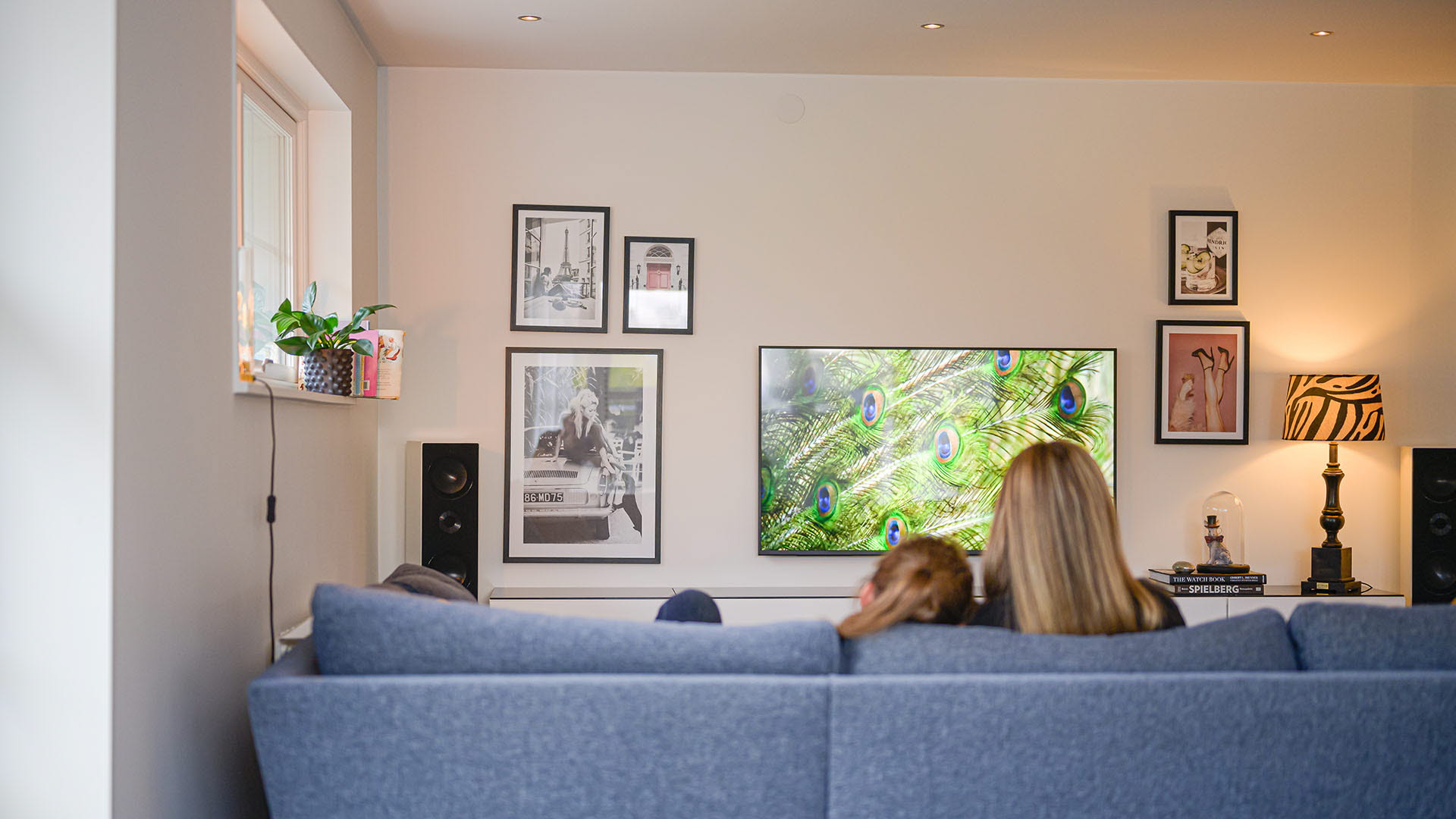How is the spot price set?
If demand is low and the majority of the available electricity comes from wind and hydropower, the price falls. If, in contrast, demand is high and the majority of the electricity comes from nuclear power or other sources of energy with higher production costs, the price rises.
The spot price is normally higher during the day when industries are operating, and lower at night when electricity consumption is lower. As a general rule, the spot price is lower in milder, wetter weather, while colder temperatures and dry weather result in a higher spot price.
The spot price is set around lunchtime for a full day in advance – divided up hour by hour over the coming day.
What factors affect the spot price?
The spot price is affected by a range of different factors. For example, the price is influenced by supply and demand, how full the Swedish reservoirs are, how strongly the wind is blowing, and what the outside temperature is.
Here are some other examples of factors that can affect the spot price:
- available power from Swedish nuclear power plants
- raw material prices
- political decisions.




